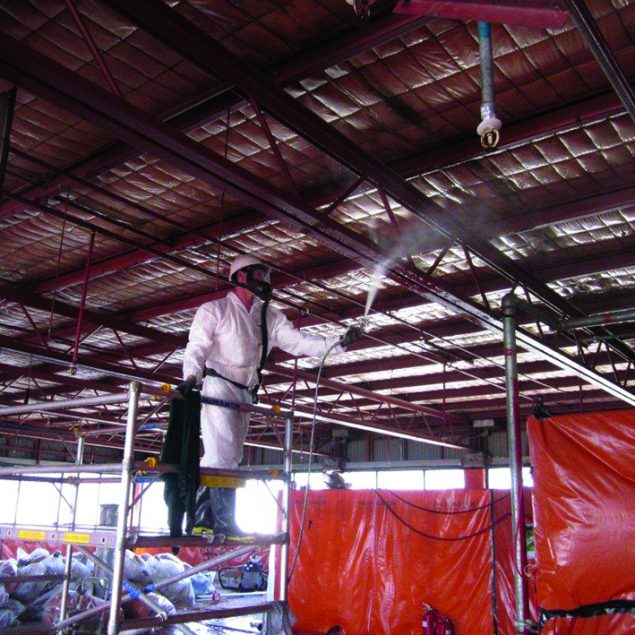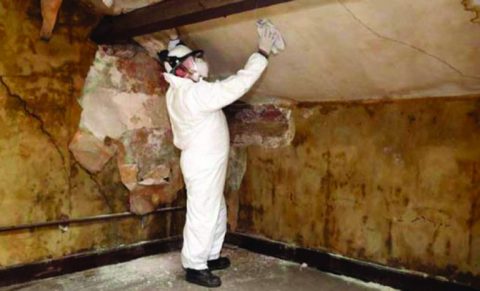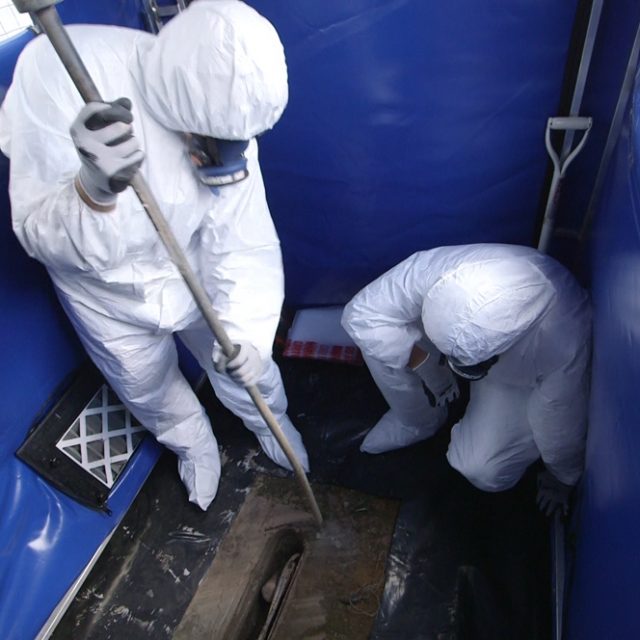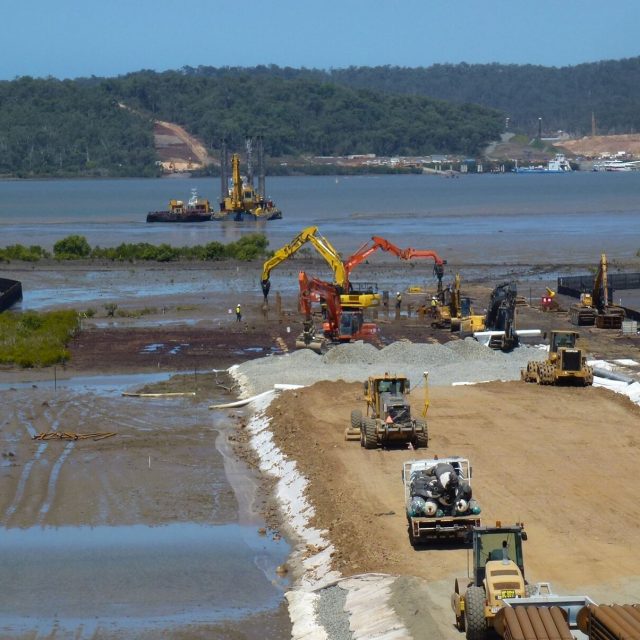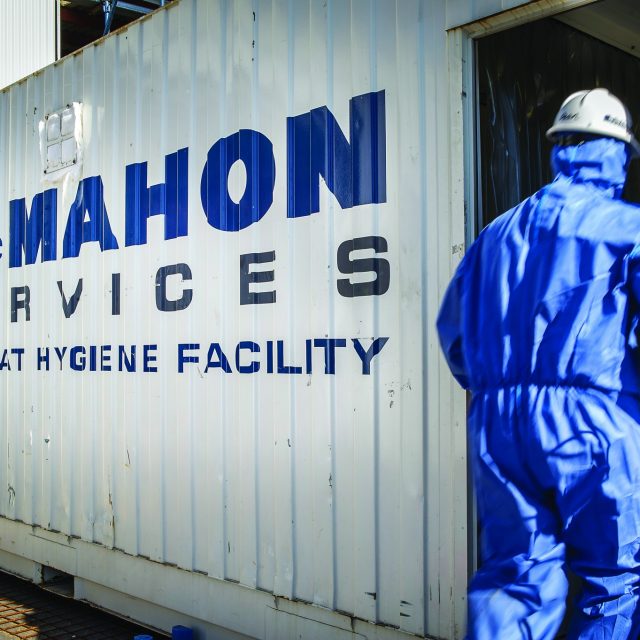News
Mould Removal in the Workplace: What Every Employer Should Know
Health effects of mould in the workplace
Mould is a type of fungi that reproduces through airborne spores which survive by growing and digesting whatever it has spawned on. It grows best in damp and poorly ventilated areas, on both indoor and outdoor surfaces, and can cause damage to building materials and furnishings.
Mould also produces allergens, irritants and, in some cases, toxins which can cause mild to severe allergic reactions or respiratory problems in humans. When exposed to mould, building occupants may report odours or experience a variety of health problems, such as headaches, breathing difficulties, skin irritation, allergic reactions and aggravation of asthma symptoms.
Find out how to effectively identify and treat mould in the workplace by reading on.
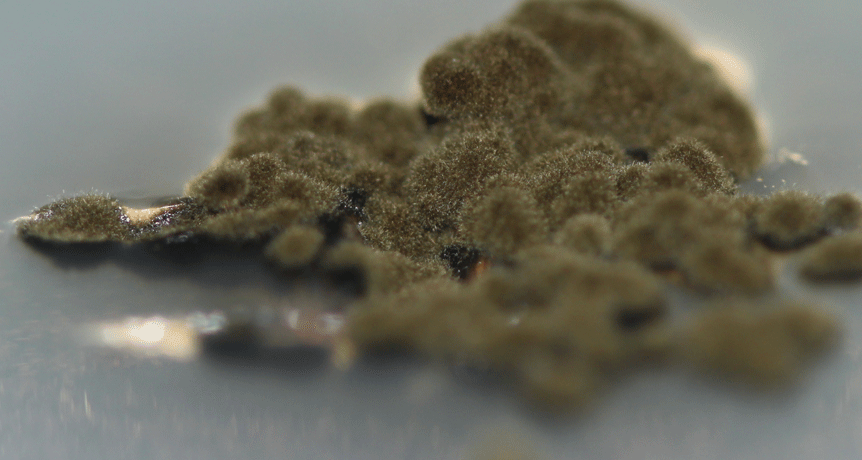
Mould spores build up over time, increasing in toxicity
What to do if you suspect your building has mould
Site managers, building managers and employers are responsible for providing a safe and healthy workplace for their employees. This includes addressing workplace respiratory health by identifying and correcting the conditions that allow mould to grow as well as properly removing mould-damaged materials.
If you believe a mould infestation has taken hold at your workplace, the first thing you need to do is investigate. A visual inspection is the most reliable way to identify problems and the extent of the damage.
Make sure you inspect common sites for mould growth including bathroom tiles, basement walls, window areas where moisture condenses and near leaky water fountains or sinks. Mould can grow on just about anything so also check furniture, carpets, wallpaper and insulation.
Identify mould and water damage at the source
Mould grows where there is sufficient moisture to help it survive. You can start by looking at common sources or causes of water or moisture problems such as:
- Roof leaks
- Condensation associated with high humidity or cold spots in the building
- Localised flooding due to plumbing failures or heavy rains
- Slow leaks in plumbing fixtures
- Malfunction or poor design of humidification systems
- Landscaping or gutters that direct water into or under the building
- Refrigerators and heating/air conditioning systems
Look for visible mould growth, puddles of water or condensation, and signs of water damage such as discolouration and staining. Mould typically emits a musky odour and will most often appear as small black and white specks, dark spots, stains or patches on surfaces.
Determine the extent of the mould contamination
Once you have identified a mould problem, it is important to calculate the extent of the contamination to establish what remedial measures must be taken. Some mould problems may be too complex or potentially dangerous for people to assess themselves.
If you are concerned about undertaking the assessment yourself or are affected by the mould in any way, you should call a professional to help. A mould removal specialist will determine the extent of the mould problem, locate the source of the contamination and develop an action plan for remediation and rehabilitation of the affected areas.
However, if you want to check the extent of mould contamination yourself, you can use this checklist to guide your evaluation.
- Protect yourself by wearing personal protective equipment such as goggles, face masks and gloves.
- Locate the source of the mould problem and identify contaminated materials and furniture.
- Identify the size and extent of water damage and mould growth. try to estimate the total square feet of contaminated building materials.
- Check ventilation systems for damage and switch off contaminated HVAC systems
- Identify whether the mould problem is recurrent and persistent. Have there been previous mould problems? Are there areas where mould has been covered with paint?
- Assess whether there are other hazards involved, such as asbestos or toxic chemical.
If there are mouldy odours and/or unexplained health issues among employees but no obvious visual signs or water or mould damage, this may indicate a more severe contamination beneath the surface and will require a professional mould remediation service to treat it.
The mould removal process
It is important that any mould or dampness problems in your workplace are remediated by a specialist as soon as they are identified. Indoor mould growth presents a hazard to workplace respiratory health and can cause serious damage to a building and its contents because it feeds on and breaks down just about anything.
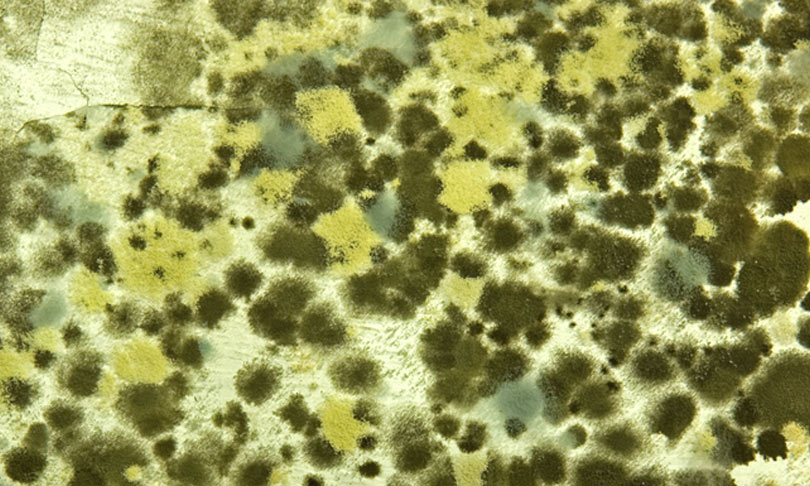
*A close up of mould spores
Note: Simple mould problems that are small and isolated can sometimes be remediated by internal staff or the building owner. When mould problems are large, recurrent or complex, you should seek professional advice and help to remediate the contamination and ensure the problem doesn’t return.
Mould remediation aims to restore the building back to normal conditions by removing the mould and mould-damaged materials, drying all surfaces and fixing the source to prevent further contamination and excessive mould exposure.
The basic principles of mould remediation include:
- Containment – isolation of contaminated areas from employees/occupants and unaffected areas of the building.
- Removal and disposal of mould and mouldy materials.
- Cleaning and complete drying of salvable building materials, furnishings and carpets.
- Repair of the moisture source/source of contamination.
Expert Mould Remediation
Mould cleaning and removal is a specialised area that requires trained personnel, specific treatment reagents and equipment, and a thorough understanding of Occupational Health and Hygiene practices.
McMahon Services specialises in the safe management, cleaning and removal of mould contamination. Our highly-trained HAZMAT removal technicians (Class A asbestos removal) and qualified in-house building trades personnel will provide a turnkey solution involving complete cleaning, mould removal and replacement of damaged building materials.

